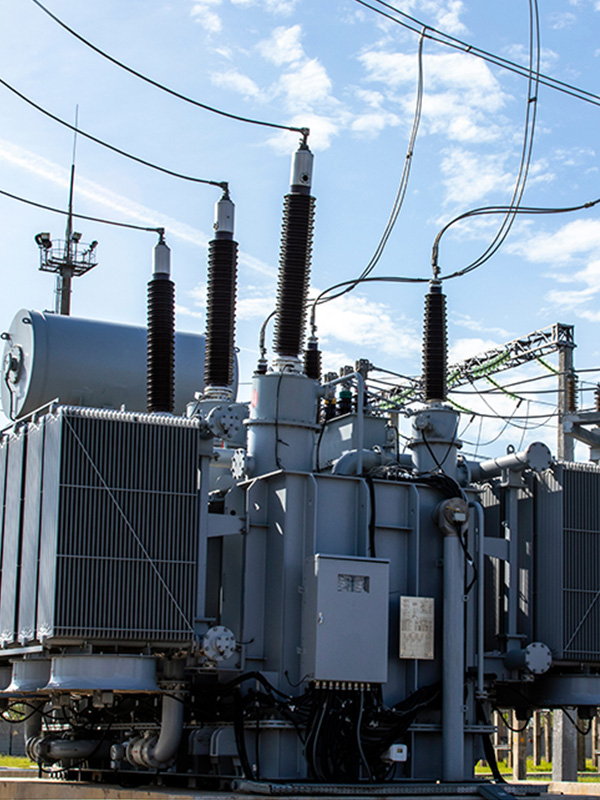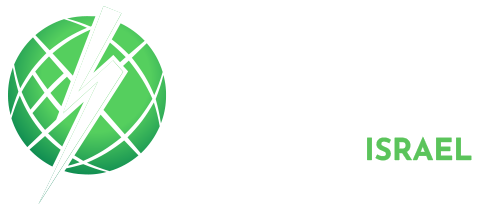A2.
Mission
To facilitate and promote the progress of engineering and international exchange of information and knowledge in the field of power transformers and reactors. To add value to this information and knowledge through synthesis of advanced practices and development of recommendations.
Scope
Within its technical scope of activity, Study Committee A2 deals with issues throughout the lifecycle stages of asset management; from conception, through research, development, design, manufacturing, deployment, operation and end of life. At all stages, technical, safety, economic, environmental and social aspects are addressed, as well as interactions with and integration into the evolving power system and environment. All aspects of performance, specification, testing and implementation of testing techniques are within range, with specific focus on the impact of interactions and changing requirements due to power system evolution. Lifecycle assessment techniques, risk management techniques, education and training are also important aspects.
Within this framework, additional specific areas of attention include:
Theory, principles and concepts, functionality, technological development, design, performance and implementation of materials, efficiency;
Manufacturing, quality assurance, application guidance, planning, routing and positioning, construction, establishment, installation;
Reliability, availability, dependability, maintenance and upkeep, service, condition monitoring, diagnostics, restoration, repair, charging, upgrading, enhancement;
Refurbishment, reuse/redeployment, deterioration, dismantling, disposal.

Main Areas of Focus
Response to changes in the electrical industry Study Committee A2 primarily pursues two strategic directions (SD) based on their customers' needs and requirements. The first relates to business and commercial considerations and concerns and is marked "Customer Services," while the second relates to "Technological Issues."
Customer Services
Life management of transformers and reactors, for example: Maintenance philosophies and practices; Management of monitoring and diagnostic methods; Transformer fleet rating management, health index development; Installation procedures, oil handling, on-site drying, on-site testing; Determination of remaining life; Decisions for repair (on-site or at factory) or scrapping; Failure codes and statistics; Guide for failure investigations and post-mortem; Oil preservation systems; Available oil types, use of inhibitors and additives, oil reclamation Alternatives to oil, e.g. esters; Environmental aspects, especially audible noise; Disposal of failed or redundant transformers, including components and materials.
Economic Issues, e.g.
Initial cost versus total ownership costs, cost evaluation models; Reliability and availability information on power transformers in service determined by equipment performance surveys on an international basis with periodic updating; Impact of accessories on transformer reliability, e.g. bushings, tap changers and cooling equipment; Promotion and dissemination of Study Committee A2 work, particularly through workshop organization.
Technology Issues
Application of new materials, e.g. alternatives to oil (with Study Committee D1 participation), amorphous steel, new insulating materials, hybrid systems, solid state transformers, etc.; Better energy efficiency and lower environmental impact
New Concepts, e.g.
Power electronics facts and application, e.g. electronics; Tap changers for phase shifting transformers and Variable shunt reactors; Integration of DER; Digitalization; Superconducting transformers and current limiters; Site-assembled transformers. Analysis of electric, magnetic and thermal fields: modeling and verification through benchmarking etc.; Electrical environment of transformers, e.g. service under different climate conditions; Interaction with the system; Safety issues for transformers, e.g. tank rupture, fire hazard, bushing explosion.


